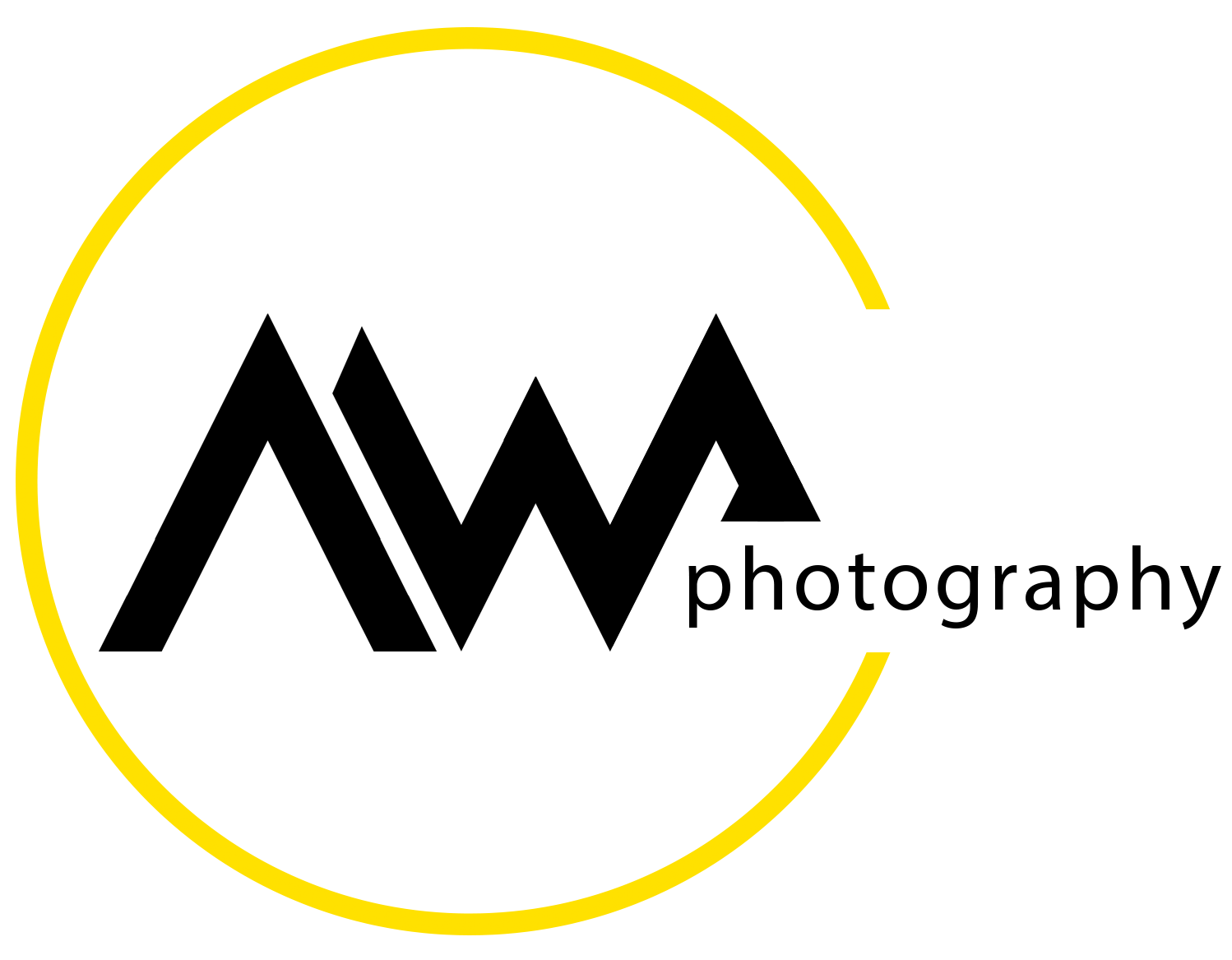The Best Macro Camera Body
/Not All Macro Cameras Are Created Equal: A New Way to Score the Gear That Matters
If you've been around macro photography circles for any length of time, you've probably heard the eternal question: "What’s the best camera for macro?" It’s a question that inspires a lot of heated debate, some questionable recommendations, and far too many conversations about megapixels.
The awesome X2D 100C
But here’s the problem: most of those answers are either hopelessly vague ("just get a full-frame") or obsessively specific in a way that doesn’t help beginners. Even worse, they almost never distinguish between studio macro and field macro, which are as different as pipettes and pitchforks.
Another stunner - the sony a9
So I decided to do something about it.
One of the things I love about macro photography is the bright line separating field macro from studio macro. They really are very different pursuits that require very different skills. So is it remotely surprising that there are different equipment requirements? Of course not! In the past I have reviewed equipment for the field and studio gear separately, but that was a problem because there is quite a bit of overlap. So this is what I decided to do…
Evaluate all the popular cameras using a standard set of strictly objective criteria, with no review results or other subjective input. Then I would weight the criteria based on the relevance of that criteria to either field or studio macro.
Studio and Field: Two Different Worlds
In the studio, you control everything: light, temperature, background, and above all — motion. A typical setup might involve a camera mounted to a precision rail, connected to a computer, shooting dozens (or hundreds) of images for a stacked composite.
Out in the field, it’s you against the elements. You’re often working handheld, chasing skittish insects in variable light, sweating through weather-sealed gloves while trying to find a frog that doesn’t mind posing.
And yet, camera reviews keep treating these as the same use case.
The very capable X-T5 from fujifil
So I Built a Weighted Scoring Matrix
This week, I started assembling a completely transparent, objective scoring system for macro camera bodies. It evaluates cameras based on manufacturer specs only (no personal impressions or brand hype), and it treats studio and field macro as separate use cases.
The OM-!
The system uses a 0–10 score for each feature, then applies a weight, as noted above, depending on how important that feature is in a given context.
And here is the scoring matrix I came up with:
The weighted camera soring matrix
You can see how some features matter intensely in one environment and almost not at all in the other. And others are important in both. In this table I have listed the actual weights that I assigned for each:
This is an early iteration of the matrix
Canon’s amazin R5 mkII
The Cameras
You have already seen some of the cameras, but here is a list of all the models I included, along with base price and and links to both B&H and Amazon:
Every model gets two scores: one for studio macro, one for field macro.
The individual scores were computed based on the presence and quality of each of the features mentioned earlier. The scores were then modified based on the weighted values of those features, in the specific use case being evaluated. The scores were then tallied and placed in oder of the final tally
The K-1 mk II from Pentax
What’s Next
In today’s livestream I am going to share with you all the results from this fascinating experiment, some of which will surprise you, some of which won’t. But you won’t know unless you show up - here is your link - https://youtube.com/live/mOODxDG_IQ8?feature=share
In Thursday’s livestream (https://youtube.com/live/qyGxP1tvMYc?feature=share) , I’ll be revealing:
The full ranking of cameras based on this scoring system
Lens recommendations (including some non-camera lenses you may not expect!)
My ultimate rig buildouts for the top 3 studio and field systems
Each system will be complete — camera, lens, rail, lighting, accessories. I’ll share images of the rigs and shopping links for those who want to follow along.
Why This Matters
This isn’t about proving which brand is best. It’s about choosing the right tool for your kind of macro work. Field photographers need weather sealing and stabilization. Studio shooters need resolution and control. No one needs marketing nonsense.
I hope this model helps you think more clearly about your own gear choices — and maybe challenges a few assumptions along the way.
Other Stuff you need to know about
Saturday is AfterStack 25 and I do hope you will be able to make it. We are going to have a little fun this weekend.
I am asking everyone who wants to come to be prepared to tell us all about your favorite tool or niftiest trick in Photoshop. Surprise us! What do you do that nobody else has been smart enough to figure out? This is your chance to flash your chops and amaze the room with your deft handing of the pen tool (you get the idea). And bring a photo to demonstrate your nifty moves on. The most interesting and unusual tip/tool/technique will win something. Probably not a car or a Hasselblad, but something cool anyway. Your invitation to the party is here -
Allan Walls is inviting you to a scheduled Zoom meeting.
Topic: AfterStack 25
Time: Jun 14, 2025 10:00 AM Central Time (US and Canada)
Join Zoom Meeting
https://us02web.zoom.us/j/6916802815?pwd=TS9tZi9ZL1NXeVUvOUF4eTg5YjdlZz09&omn=84313183886
Meeting ID: 691 680 2815
Passcode: 678122
OK gang - that’s it for this week! Congratulations to the winners of last month’s stereo contest! The video is out whenever you want to watch it!
See you Thursday.
-- Allan















